English Dub Season Review: Metallic Rouge Season One
In the far dystopian future, following a war with aliens referred to as “Usurpers”, humanity has colonized the inner solar system and coexists with androids called “Neans” (pronounced “Neon’s”), which were created using technology from another alien race known as “Visitors”. However, they do not live equally, with the Neans being forced to live as second-class citizens whilst having “Asimov’s Laws” programmed into them to keep them subservient.
The titular Rouge Redstar, a Proto-Nean who’s not bound by Asimov’s Laws, and her human partner, Naomi Orthmann, are sent on a secret mission to assassinate nine other Proto-Neans, known as the “Immortal Nine”, some of whom are hostile toward humanity. However, as her mission progresses and she learns more about the world, Rouge begins to question whether she is acting on her own initiative or she is just a pre-programmed “gear in the system”?
On the Technical side, this original Anime made by Studio Bones (Fullmetal Alchemist: Brotherhood, Mob Psycho 100, Soul Eater, Space Dandy, and My Hero Academia) and was meant to be a 25th anniversary project. Aside from that, it was directed by Motonobu Hori (Carole and Tuesday and Super Crooks), with Yutaka Izubuchi as chief supervisor and in charge of series composition, Toshizo Nemoto as screenplay writer, Toshihiro Kawamoto as character designer, and Taisei Iwasaki, Yuma Yamaguchi, and Towa Tei as music composers. The opening theme song is “Rouge”, performed by Yu-ka, while the ending theme song is “Scarlet”, performed by Dazbee, and the song “Crimson Lightning” by Toft Willingham.
In the realm of anime, originality can be a double-edged sword. “Metallic Rouge” embarks on a journey that pays homage to various science fiction influences, yet occasionally stumbles in its execution. While the series exhibits some narrative pacing issues, and the two leads display a level of chemistry similar to the dynamic between Chisato and Takina had in Lycoris Recoil, while also navigating themes of societal discrimination and political intrigue when the plot demands it sometimes.
Despite its narrative shortcomings, the animation, executed by Studio BONES, remains consistently good as this show was mostly made to celebrate its 25th anniversary by drawing inspiration from iconic cyberpunk aesthetics seen in works like “Bladerunner” and “Cyberpunk.” Additionally, the soundtrack, highlighted by “Crimson Lightning,” elevates some of the action scenes even it doesn’t reach the same level of heart-pounding intensity as Kill La Kill’s “Before My Body is Dry.”
Overall, while the series had some cool and interesting ideas going for it. The later episodes fall short in realizing its potential within its limited 12-episodes. The conclusion lacks closure, leaving the proceedings on such an uncertain note, that I’m left wondering if it should’ve gotten more episodes to flesh out its plot, yet I remain curious if Studio Bones will make a Season 2 the future. If so, I’d welcome it.

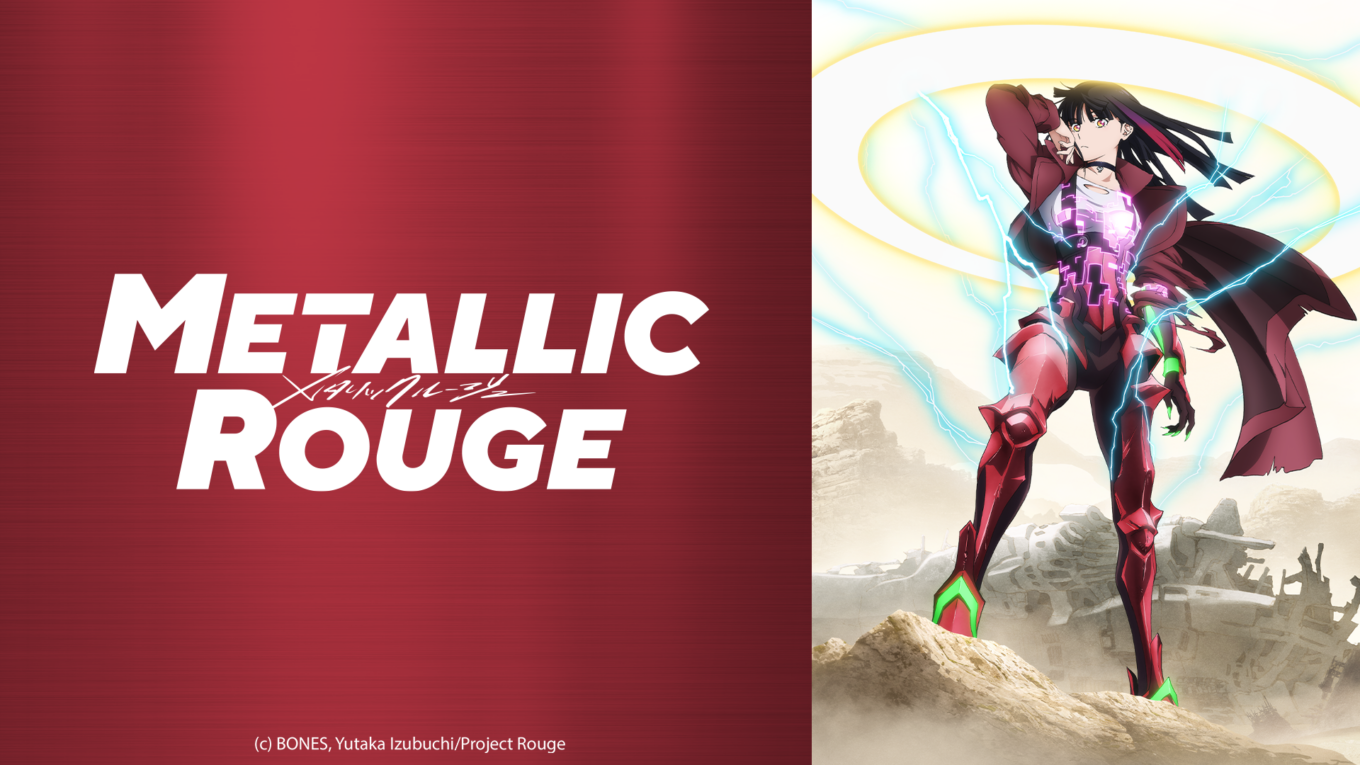
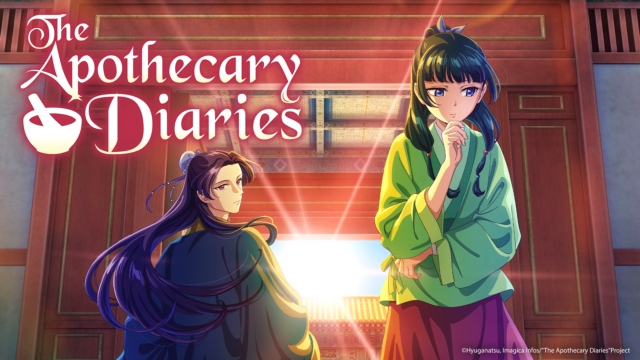


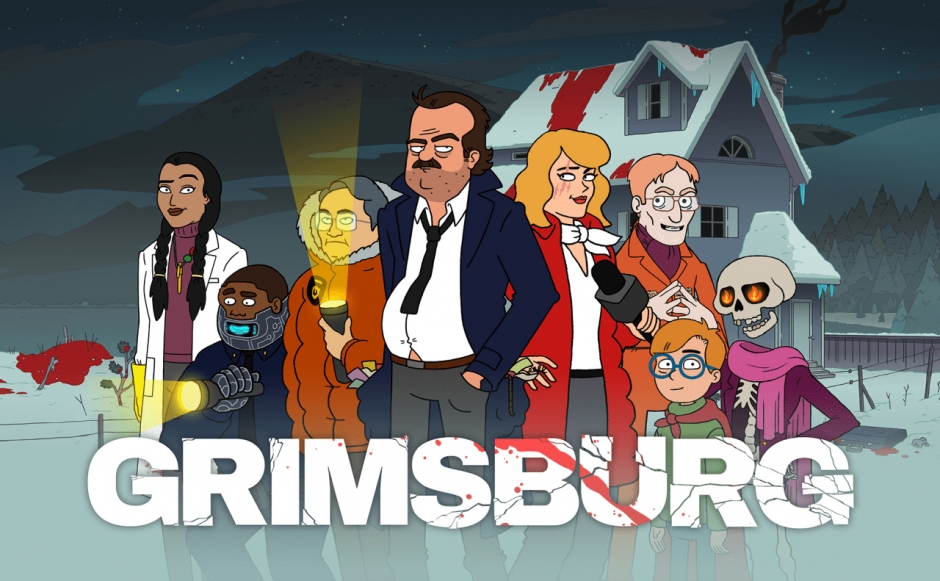




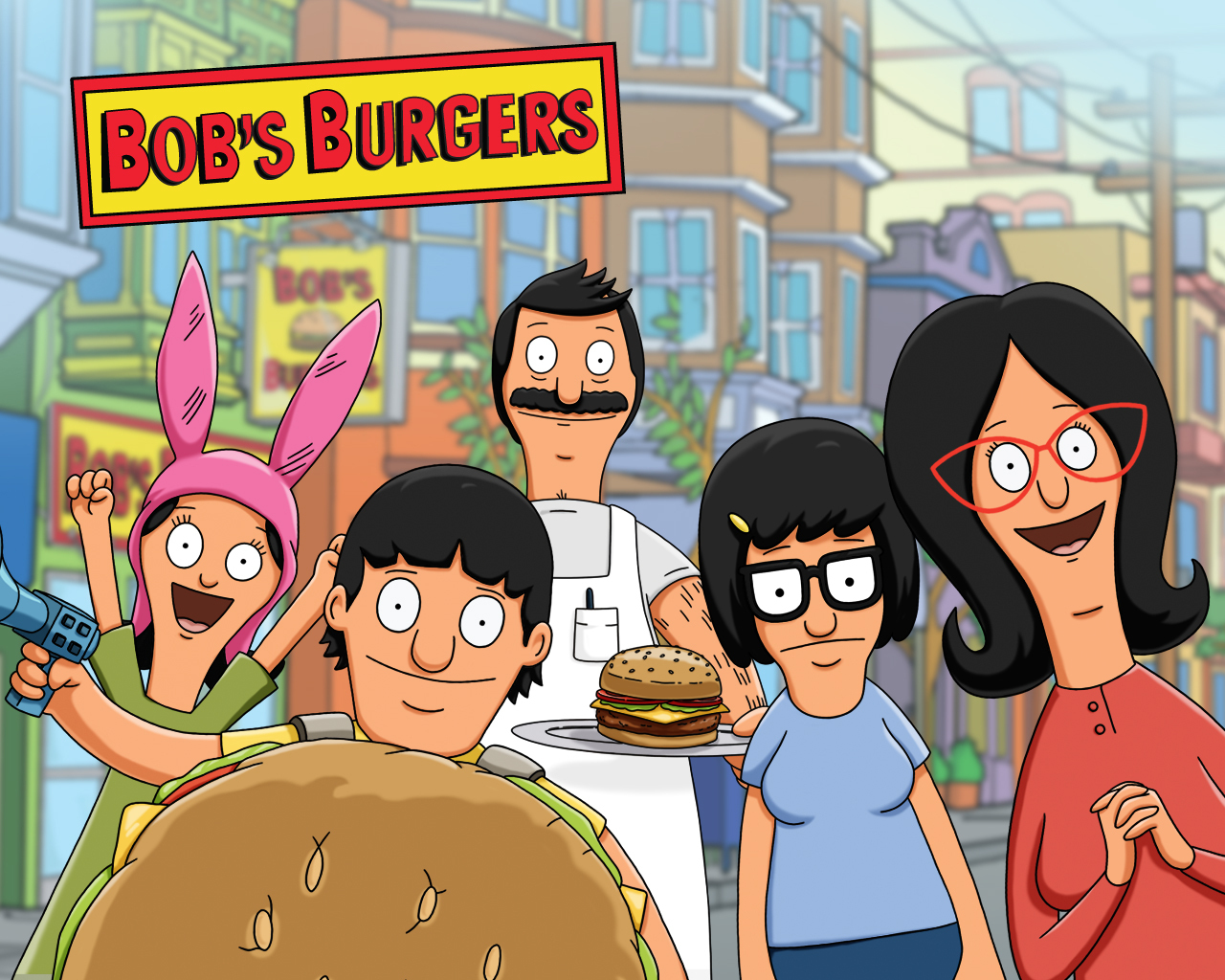







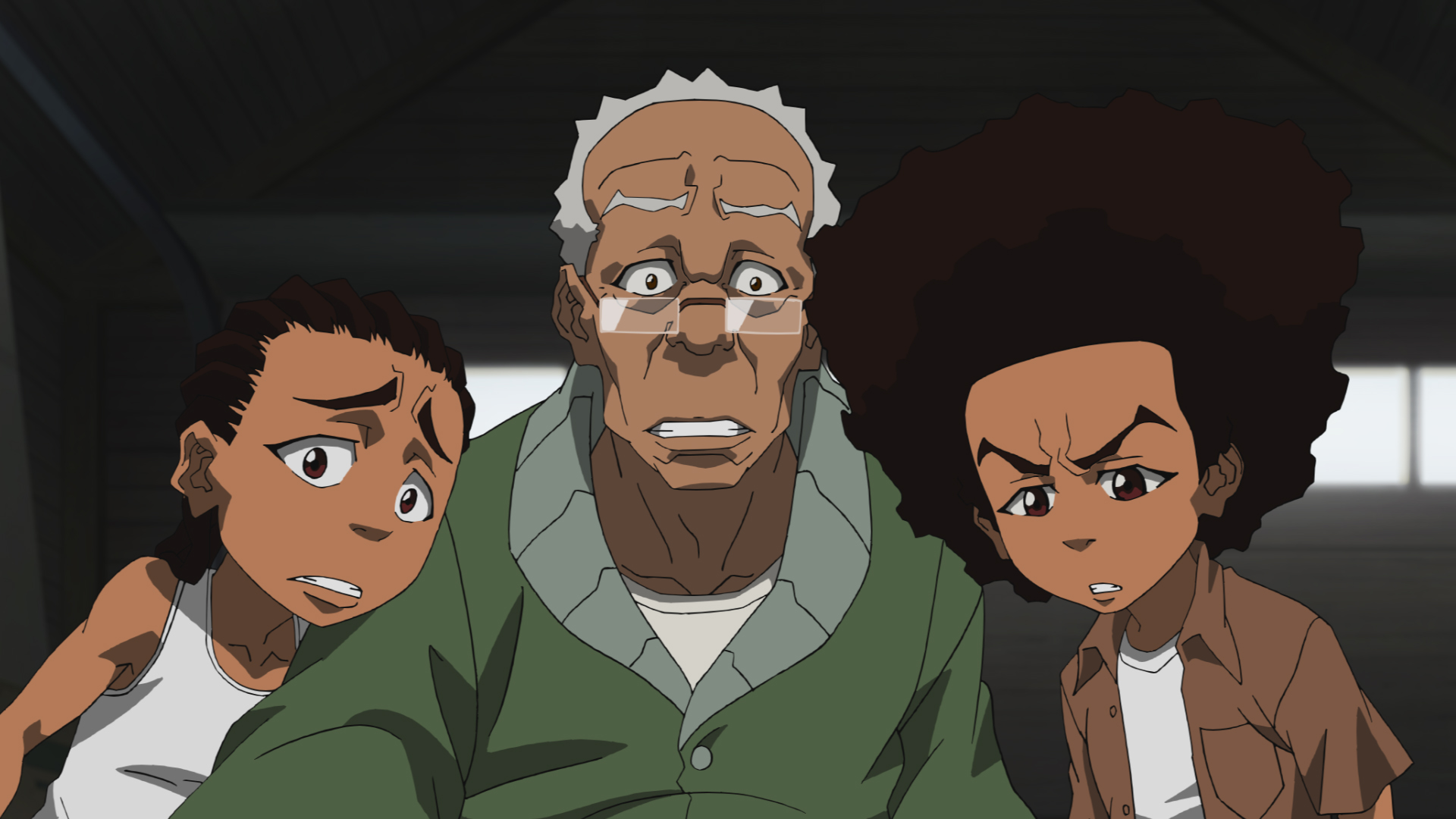





"There are also other characters that come and go (also owned by the Warner Bros. Discovery conglomerate media company)."
Huh. Is that just referring to other characters from the show itself, or is this implying that the new season is going to have cameos from other WBD IPs